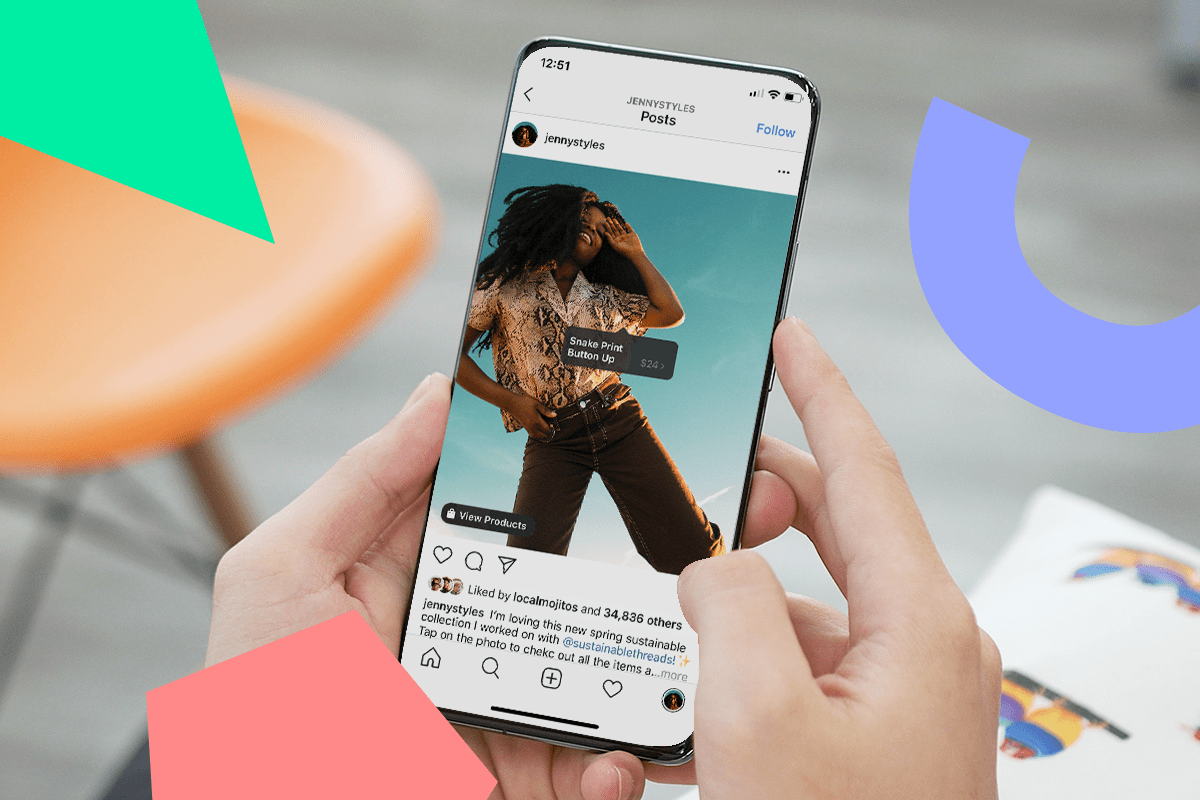By Arohi Gadagkar
In November of 2020, Instagram rearranged its homepage, replacing the posts tab with a shop tab. Now, Instagram users can shop without leaving the app, which probes the question “How does this impact users?”
For one, users may feel more inclined to spend more time on the platform, engaging with this new shop feature. Second, by placing a spotlight on the shop feature, Instagram is essentially promoting consumer culture. A study titled “The Costs of Consumer Culture and ‘The Cage Within’” says consumer culture perpetuates the material “good life” and “body perfect;” these two phrases describe a concept in which individuals rely on advertised ideals of what to own and how to look in order to develop a method of measuring happiness.
Taking the material “good life” and “body perfect” ideas into consideration, this new shop feature could be potentially dangerous, especially to teenagers. According to a 2018 Pew Research study, 72% of 13 to 17-year-olds say they use Instagram. Forty-three percent of this age group will only post content that makes them look good to others, and thirty-seven percent will only share things that receive lots of likes and comments.
If impressionable teenagers are highly exposed to consumer culture on Instagram, an extremely popular social media platform for this demographic, they could experience problems surrounding mental health, body image and self-worth. With more advertisements on their Instagram feeds, teenagers would subtly be consuming not only goods but also symbolic messages about lifestyle and identity.
The mentioned study deems consumer culture a “Cage Within” because the values emphasized in advertisements are “internalized by individuals so they form a personal value system that guides how individuals construe themselves.” While the study speaks in regard to all demographics, this characterization may significantly affect younger generations on a larger scale due to their apparent reliance on validation and could be heightened with the introduction of Instagram’s shop feature.
Of course, this new shop feature is not an entirely negative proponent of the app. Small businesses receive more exposure, which means consumers can shop more sustainably. By shopping more sustainably, the reliance on fast fashion is lessened; fast fashion describes an extremely profitable model that is extremely exploitative of labor and the environment. By focusing on producing cheap products that align with current trends, fast fashion plays a major role in perpetuating the nature of consumer culture that could detrimentally impact adolescents’ mental health.
Lastly, an important consideration of many, the new shop feature on Instagram is convenient. For example, after seeing an article of clothing worn in a picture, an individual can purchase the garment immediately, instead of scouring the internet for a similar product.
The prominence Instagram has placed on the shop feature reflects society’s only-growing consumer culture. Ultimately, there are several ways consumer culture can negatively impact adolescent health while also serving as a useful and sustainable service, and it is up to consumers to decide how they would like to navigate the app.


